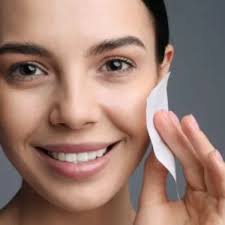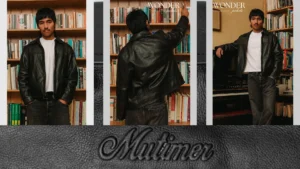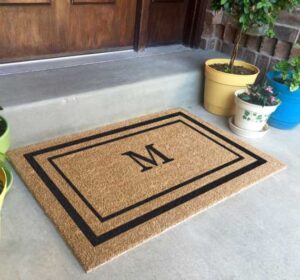Paint protection film are becoming quite popular among car lovers when it comes to shielding the vehicle’s showroom shine. It protects your vehicle from rock chips, gravel, acid rain, tree sap, UV rays, oxidization, and discoloration.
After years of usage, the PPF might get damaged, and you will need to replace it. In this guide, we’ll walk you through some simple steps on How to remove PPF. This guide is simple to follow and can be performed by anyone.
Tools Required to Remove Paint Protection Film
Before we answer your question, “How to remove paint protection film,” it is essential to have a proper knowledge of what tools are required in PPF removal. Below mentioned are some tools needed for the process:
- Heat Gun or blow dryer
- Microfiber Clothes
- Adhesive Remover
- Plastic scraper
How to Remove Paint Protection Film From Cars?
In this section, we will guide you on “how to remove paint protection film from car” with the right technique. By following the mentioned steps, the PPF removal will become easy:
Step 1. Prepare the Surface
Before starting the process, make sure your vehicle is dry and clean. Get rid of all the dust, debris, and other environmental contaminants from the surface. After cleaning, you can start removing the film.
Step 2. Apply Heat Using a Heat Gun
Start by applying the heat on the smaller portion and gradually warm up the entire panel edge-to-edge with the help of a heat gun or blow dryer. Heat will help the film to loosen up the adhesive beneath the PPF. The removal process will become easy. After 5-10 minutes, your vehicle will be ready to peel off the film.
Step 3. Start Peeling
Begin peeling off the film from a corner, keeping your grip closer to the surface. It would be best if you used slow and deliberate movements to avoid damaging the paint or tearing the film. If the film is not coming out quickly, reapply heat to soften the adhesive. Remember to be patient enough in this process, as this may damage the paint beneath.
Step 4. Remove The Glue Remains
In some cases, residual adhesive can be found on the painting surface after the PPF has been removed. Using a specialized adhesive remover or a mixture of warm water and mild cleaner, you can get rid of this remaining glue. Use a microfiber towel to gently rub the adhesive remover into the affected areas until it is dissolved.
Step 5. Clean The Vehicle
Once the PPF is successfully removed and there is no glue stain on the vehicle’s surface, clean the car. We advise you to avoid automatic car washes after the PPF removal as it might cause minor scratches or swirl marks.
When to Replace PPF?
If your PPF-protected films show the mentioned below signs, it’s time to update your current protective film:
1. Extreme Yellowing:
If your PPF is showing a yellowish tint or it is getting discolored, this indicates that the film’s effectiveness is diminishing.
2. Cracking:
If your film is tearing off or cracking from the surface, it’s time to get it replaced.
3. Lifting at the Edges:
If the edges of the films are peeling off, there is a PPF application error; in this case, you can also consider replacing PPF.
4. Installation Error:
If you notice misalignments, stretch or blade marks, or dust and debris trapped under the film, you can ask the installer to replace the panel under the warranty without paying the PPF removal cost.
copyright URL@ https://www.thedetailingmafia.com/paint-protection-film





